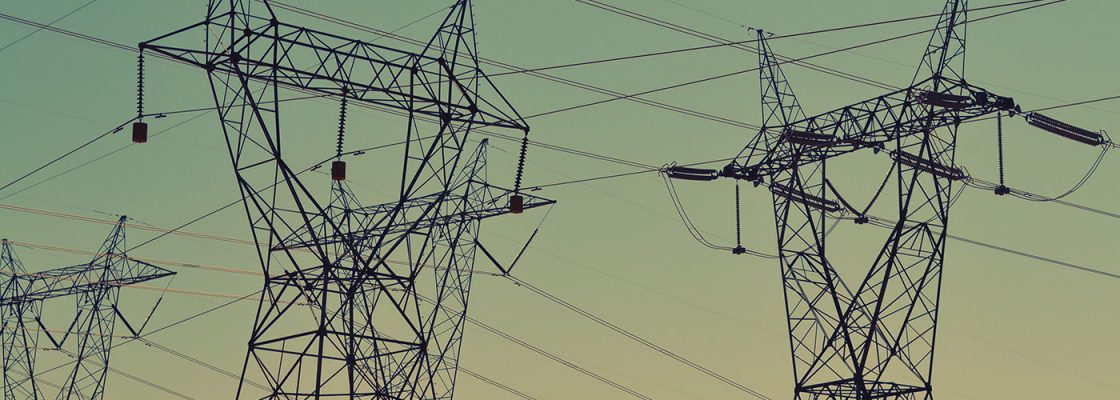You might turn lights off when you leave the room, but do you adjust your thermostat when you leave the house? Have you invested in more efficient lightning and insulation? All these steps will make your home more energy efficient, but motivating people to take action on them isn’t always easy.
Opower is a company in the business of getting people to do something that is good for them: save electricity and lower their power bill. Working with utility companies, Opower analyzes a household’s energy usage and sends them a graphically appealing power bill that lets them know how they are doing on energy use and encourages them to take action to do better.

This month CCI lead a “innovation safari” of health care leaders to meet with and learn from Opower about how they effect behavior change. Opower has used behavioral psychology to develop a series of design principles that drive their strategy and communications with power customers. The centerpiece of this strategy is their “design principles for reality”:
- Design for how people actually behave.
- Assume people don’t care.
- Always lead to action.
- Aim for lasting relationships.
- Build for everyone.
It’s not hard to see how these principles, which inform Opower’s entire strategy, can be relevant to healthcare, particularly when it comes to encouraging healthy lifestyle choices like better eating or regular exercise. As healthcare workers all know, even when it is rational, patients can’t be counted on to always do the things that are good for them. In part that is because, as Opower points out in its work, people are not rational actors: they have limited time, memory and willpower.
People also aren’t motivated most strongly either by what is good for them personally (like saving money on their electric bill) or by altruism (like saving the planet). Instead, Opower found through a study based on distributing different kinds of literature to households, the best way to get people to actually act is through establishing social norms. Essentially: letting people know how they stack up against others. Now Opower’s colorful utility bills show how high those bills are are in comparison to the average bills for 100 similar households nearby.
With these comparisons, Opower seeks to drive consumers towards better habits and investments. Sometimes timing is key: people are much more likely to make investments in energy efficiency or stick to behavior changes when they are first moving into a new home, or when they are going through other lifestyle changes. And once you get people involved in one or two programs, it becomes easier to get them involved in more—a halo effect that adds momentum when that first push is successful.







